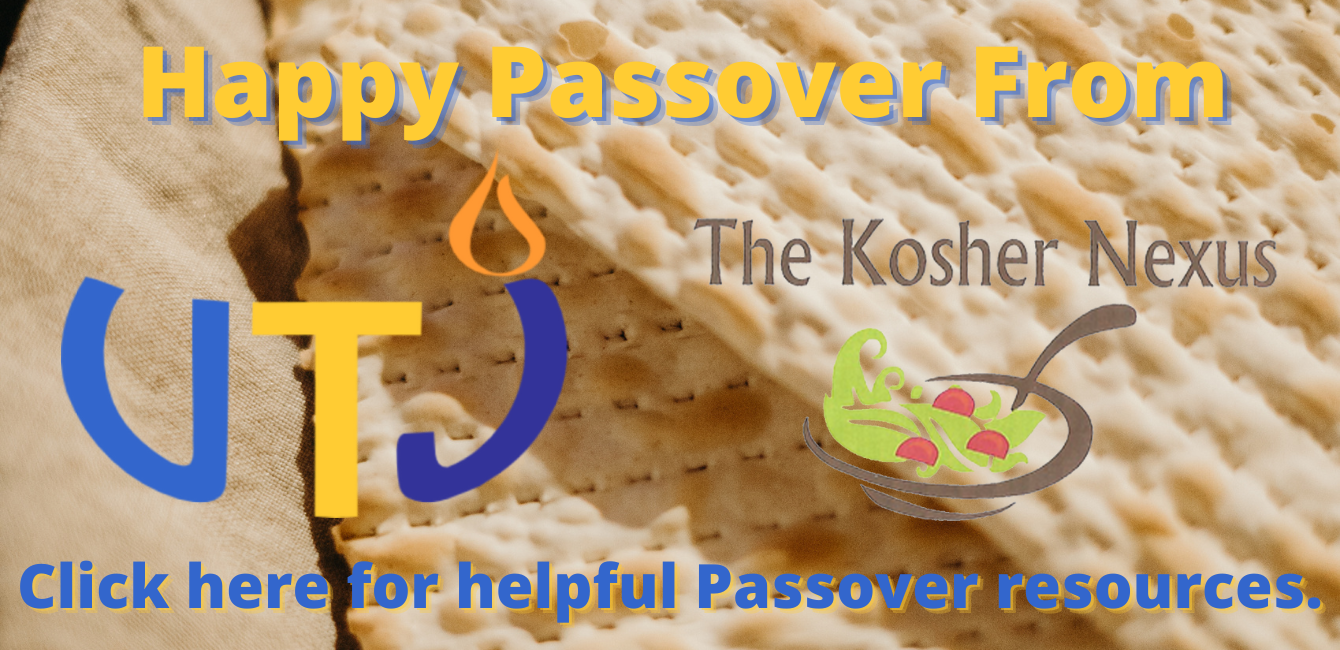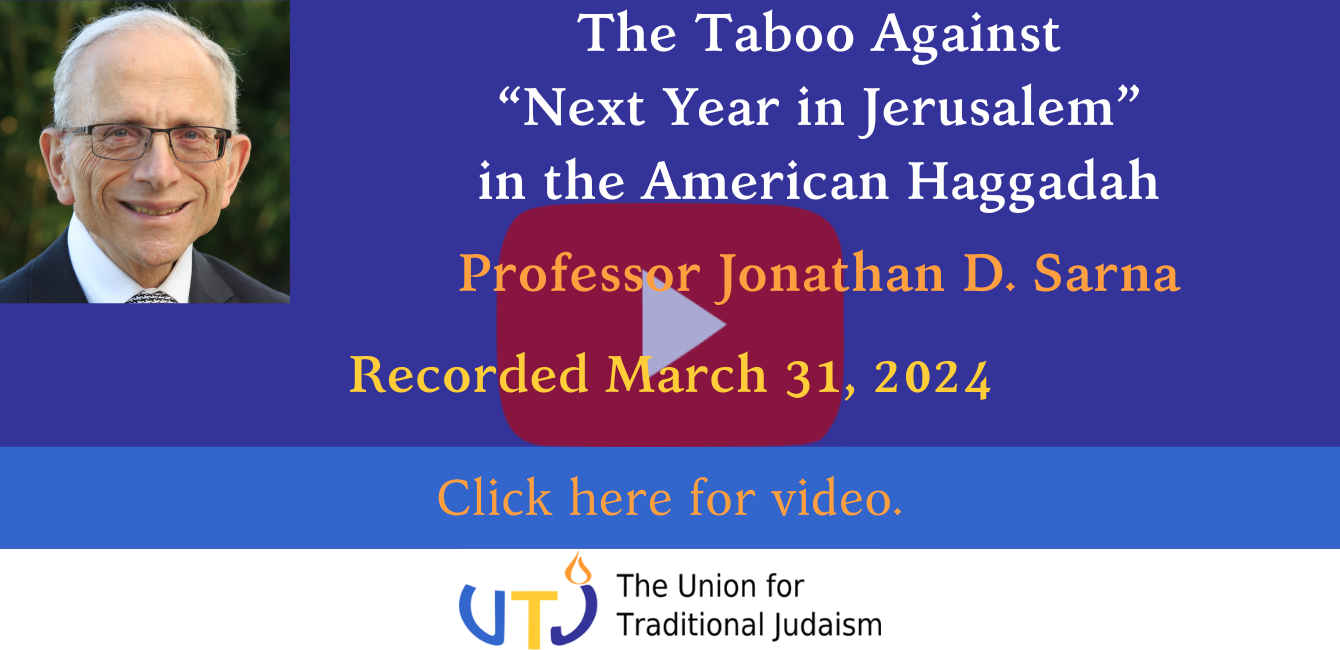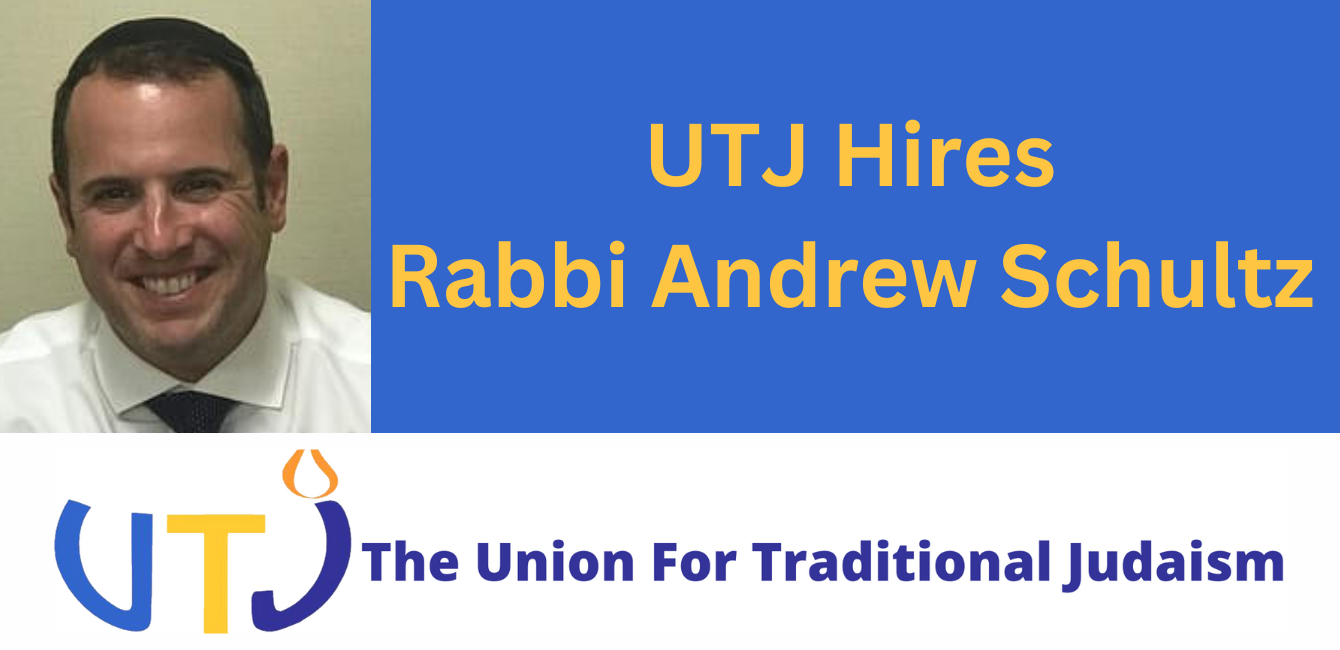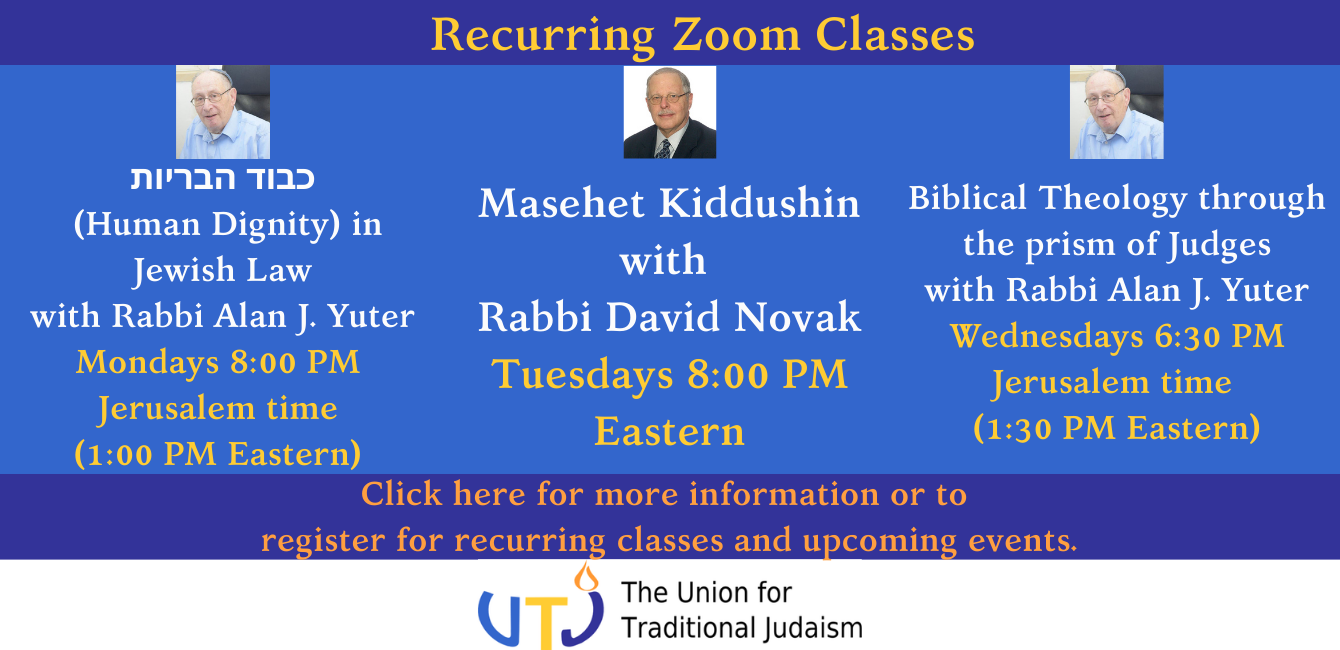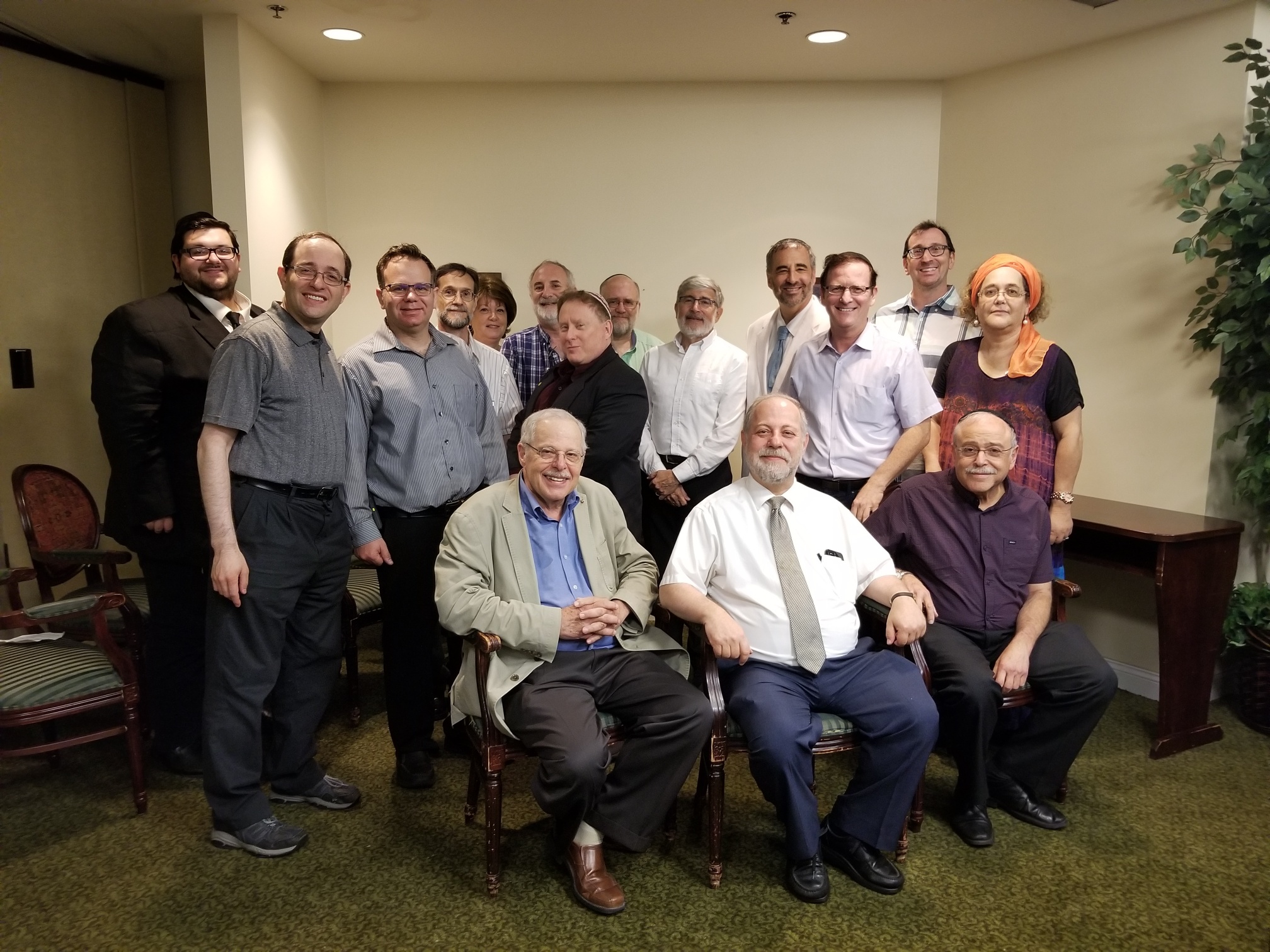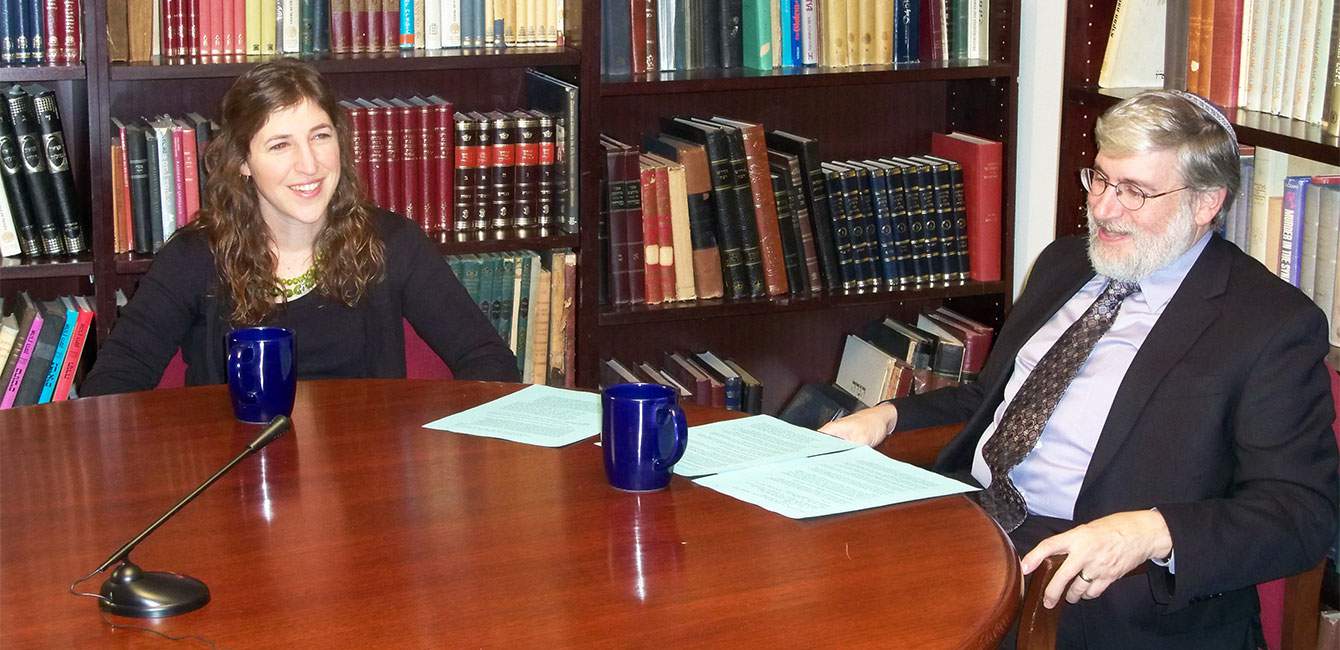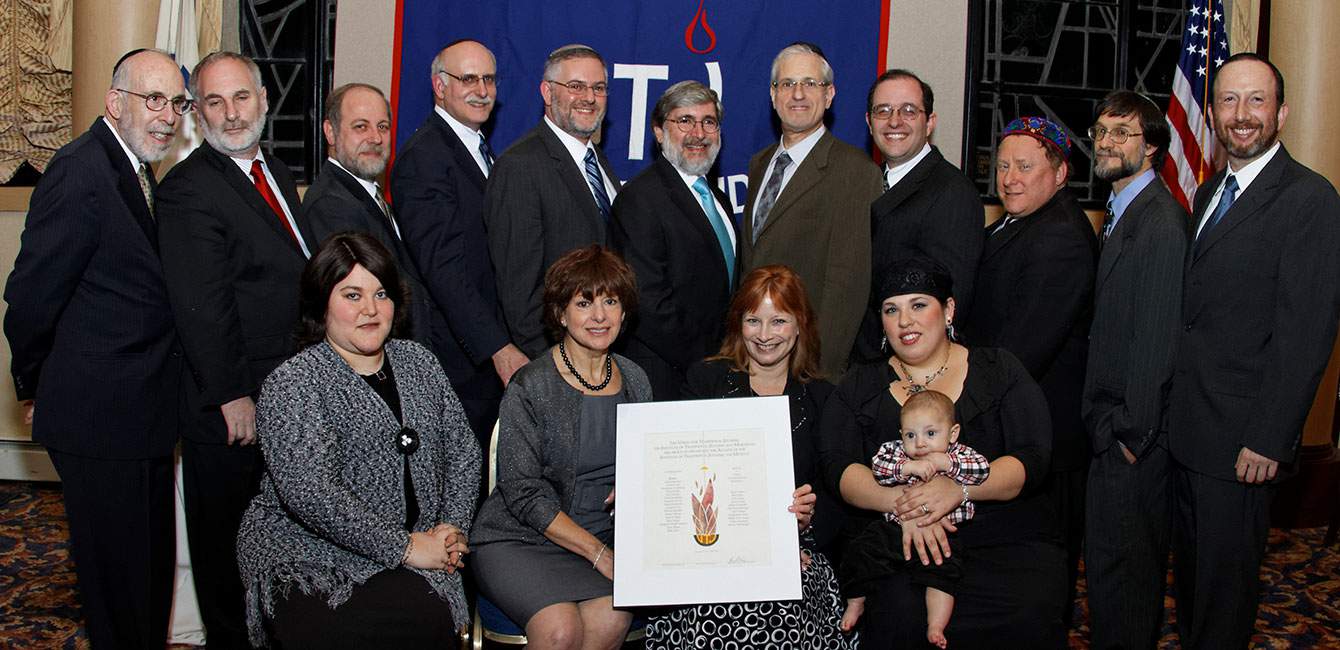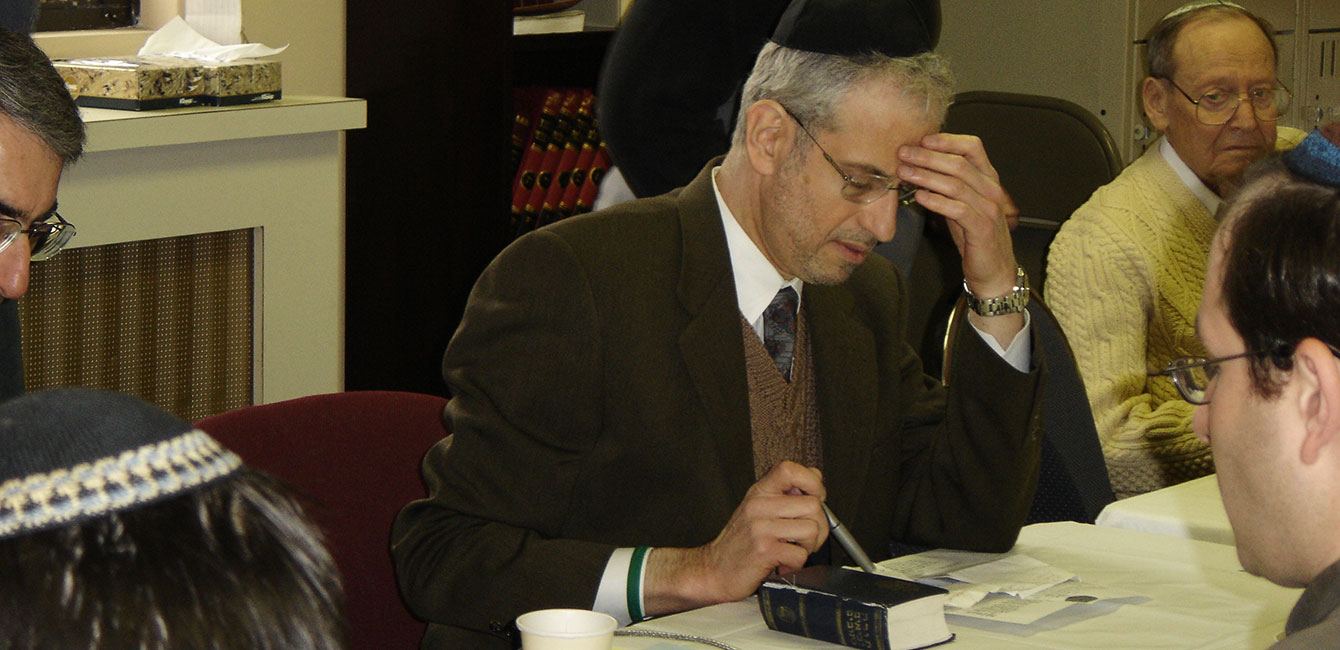by Rabbi Noah Gradofsky
Disclaimer: The opinions expressed here are that of the writer and do not necessarily represent the views of the Union for Traditional Judaism, unless otherwise indicated.
The This past Shabbat, I was deeply disturbed by what I found as I read the Art Scroll Stone Edition Humash’s commentary on the story of Judah and Tamar (Genesis 38). The Stone Edition quotes a harmless, if chronologically fanciful, midrash:
6-10. Judah’s sons marry Tamar, but die for their sin. Tamar became the mother of Judah’s children (see below) and the ancestress of the Davidic dynasty. According to the Midrash, she was a daughter of Noah’s son Shem (Bereshis Rabbah 85:10).
Bereshit Rabbah 85:10 bases its identification of Tamar’s father on the fact that Judah orders the apparently adulterous Tamar to be burned, a punishment for adultery which in the Torah is reserved for the daughter of a priest (Lev. 21:9), and the midrashic tradition that Shem was a priest.[1] Nonetheless, the Stone Edition supports Tamar’s lineage based on a racist theory, continuing the above-quoted commentary by saying:
As someone who was to play such a significant role in the destiny of Israel, it is inconceivable that she was of Canaanite descent. Obviously, she, too, was the daughter of a foreigner who lived in Canaan.
Setting aside the point that I do not think that “inconceivable” means what the Stone Humash thinks it means, one is shocked to find such certainty as to what could emerge from a Canaanite descendent expressed in a commentary on the Torah, which at every turn reminds us not to judge individuals based on their parents, let alone their ancestors. One is also left baffled by how it could be inconceivable that Tamar, the great ancestor of David could have a “problematic lineage” while David’s great grandmother was Ruth the Moabite (Ruth 4:17)! The assumption that David’s ancestry must have been “pure” is particularly striking here, given the, shall we say, untoward nature of the conception of David’s ancestor, Peretz, born to Judah and Tamar.
Racism has many forms and many ill effects, ranging from the devaluing of converts and ba’alei teshuvah (people who become more observant than their family) in the “halakhic” community (see e.g. this particular aspect of the “shidduch crisis”) to pervasive assumptions that ages-old enmity between groups of people are not just difficult, but actually impossible to resolve and predestined to continue. It is all too easy when reading our Torah, which provides many genealogical histories, and our midrashic literature, which often expands on the identity and background of the many characters in creative ways, to mistakenly read racialized predestination into these traditions. Given that reality, we must keep a watchful eye out for manifestations of such racist theories and must be certain to register our dissent, lest we let the expression of these ideas pass over our heads or, worse yet, let the ideas sneak their way into our hearts. This is all the more essential when we see such ideas expressed in a Torah commentary which, for better and/or worse, has outsize influence on our community’s understanding of Torah.
It is, of course, all too easy, to rush to judgment about both individuals and groups. May we be ever vigilant to avoid making unfair judgments. When we do make such rash judgments, may God grant us the humility and courage of Judah to be able to admit our errors even at personal expense (Gen. 28:26). And when we see others making similar judgments, may we be know the wisdom and sensitivity of Tamar to steer people in another direction in the most sensitive and effective of ways (Gen. 38:25).
[1] See e.g. Genesis Rabbah 26:3. Some sources suggest that Shem is also the priest Malkitzedek (see Genesis Rabbah 56:10, Babylonian Talmud Nedarim 32b).
Enjoying UTJ Viewpoints?
UTJ relies on your support to promote an open-minded approach to Torah rooted in classical sources and informed by modern scholarship. Please consider making a generous donation to support our efforts.




